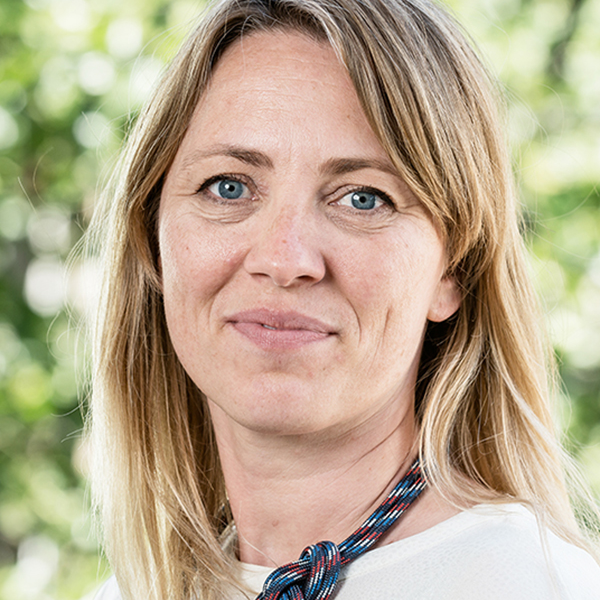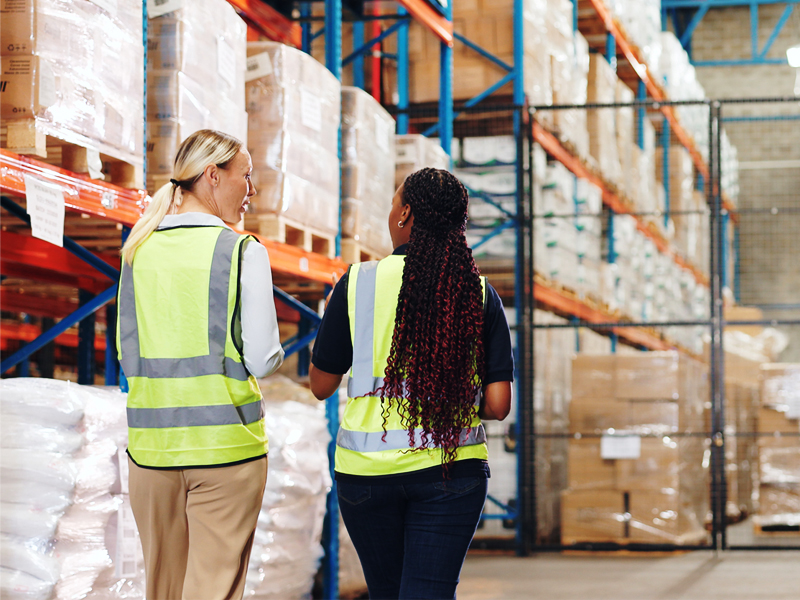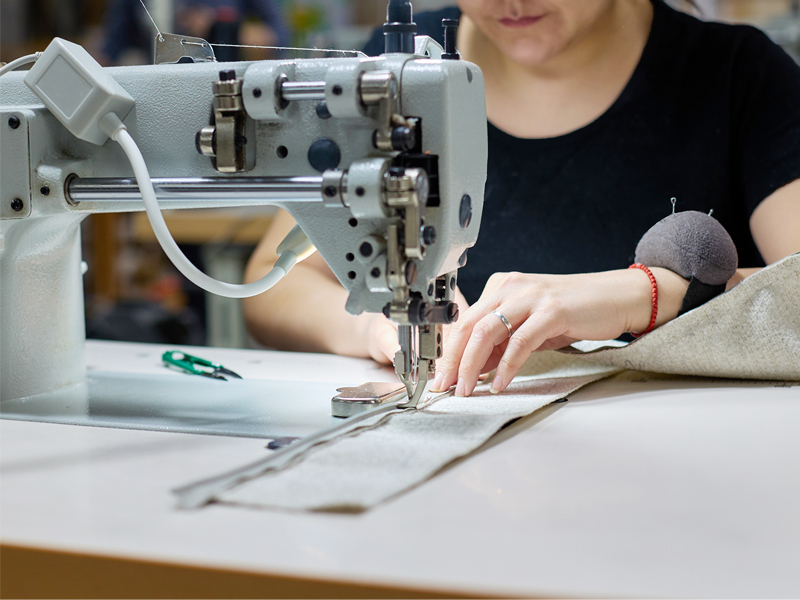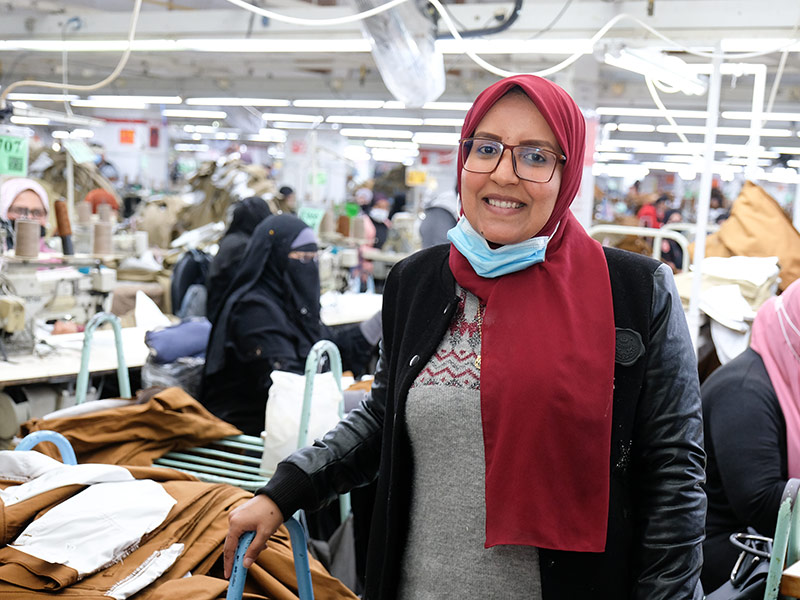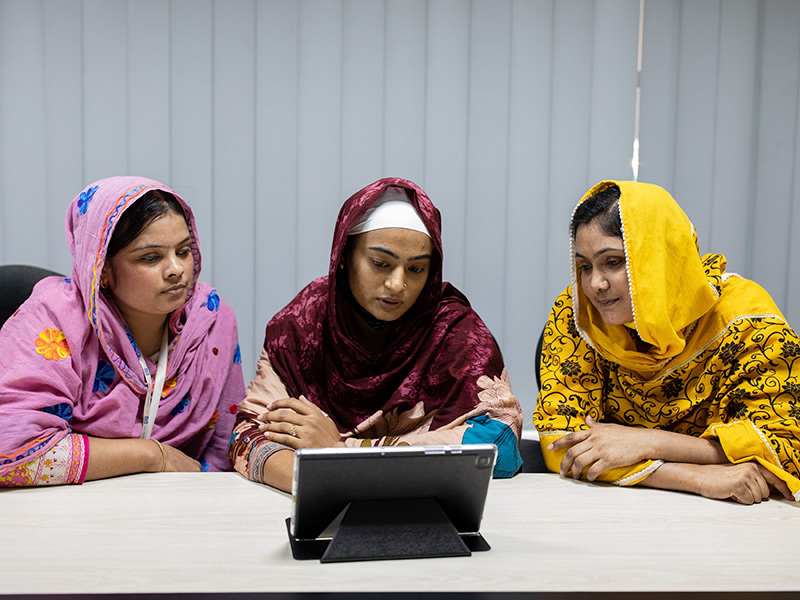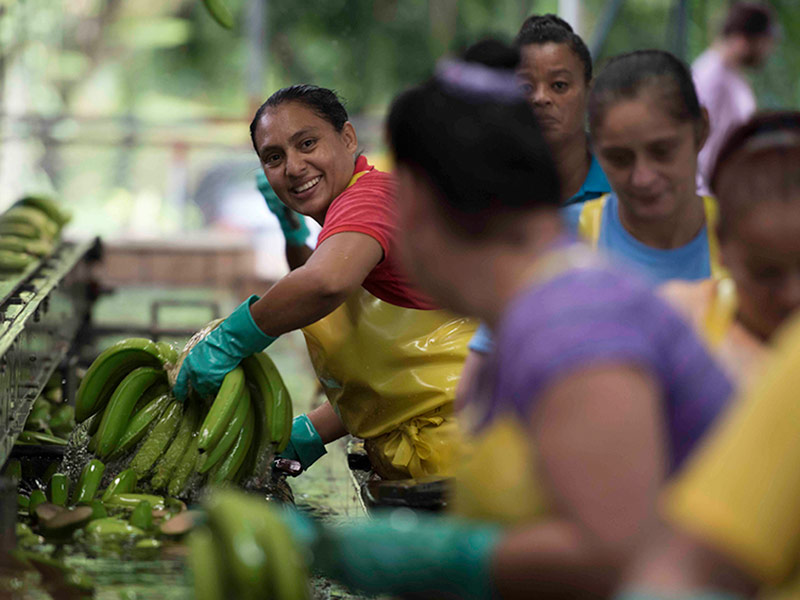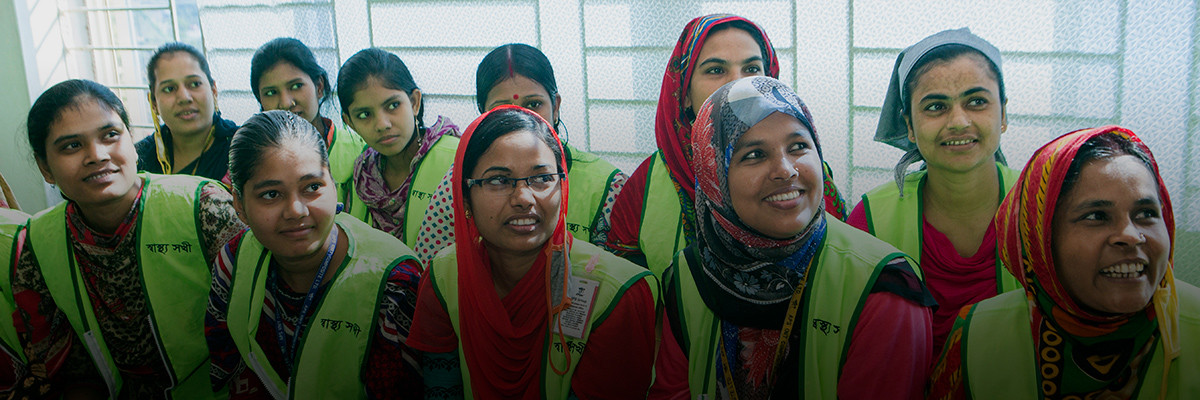
Today, March 8, is International Women’s Day 2017—a good time to take stock of our collective progress toward gender equality. And such a moment of reflection is particularly relevant for HERproject this year, as we are hitting a big milestone: It’s our 10th birthday! On our anniversary, we’re taking a moment to think about what we have achieved and what we have left to do.
The short answer is: We have come far and have much to be proud of. But we cannot (and will not) stop here.
HERproject originated from a piece of research in 2006 into the general and reproductive health of women workers in toy, garment, and electronics factories across six focus countries. The findings were clear: Women often lacked crucial information on health topics, including sexually transmitted infections, nutrition, and pregnancy. Factory managers were well aware that this lack of information—and lack of access to related services—increased absenteeism and reduced productivity, but they didn’t know what to do. And so, HERhealth was born to address this clear need for workplace programs on women’s health.
Since then, much has happened. HERhealth took root, grew rapidly, and spread to 12 countries. But we—as brands, suppliers, NGOs, funders, and HERproject staff—kept going. We realized that we could support women to make the most out of their income by addressing unmet needs around financial knowledge and access to services. We developed HERfinance to provide guidance on financial literacy, planning, budgeting, and savings. This would improve women and families’ resilience to economic shocks, while also helping shift cash payroll to digital wages and raising awareness of the advantages of formal financial services.
Over the course of the last 10 years, we are proud of what we have achieved through our collaboration. Among other things, data from our programs shows:
- A 50 percent increase in the number of women using family planning products.
- A 23 percent increase in the number of women making decisions on what to do with their salaries.
- 91 percent of both men and women stating that they saved a greater portion of their salaries to mitigate future shocks.
While an important step, however, access to information and services does not in itself equal empowerment or equality for women workers. This will require a shift in perceptions around the value and roles of women. And so, to address the root causes of gender inequality, we have launched HERrespect. This piece of the HERproject program creates a space to re-evaluate the norms and structures that underpin discrimination, reset the relationship between women workers and their (often male) managers, and tackle knottier issues around sexual harassment and violence against women in the workplace. This endeavor is not simple or easy, but the fact that brands, factories, and farms see the value in investing time, effort, and money in HERrespect is a great indicator of how far we’ve come.
Women’s empowerment is no longer a footnote at the bottom of the to-do list. Ten years on, we’re spending less time making the case on why to invest in women, and more on how to do it effectively. It’s why a decade of HERproject programs have brought together more than 50 global companies and more than 500 farms and factories to find solutions for women workers. Together, we firmly believe that the workplace can be a space for change, improvement, and opportunity for women—and that an empowered female workforce is critical for the long-term resilience of global supply chains.
Women’s empowerment has gained prominence on the international stage in recent years, such as the launch of the UN High-Level Panel on Women’s Economic Empowerment’s first report in 2016, which squarely emphasized the importance of business action for gender equality and the global benefits of women’s empowerment. This wider discussion (and action) is an important impetus for us to deepen and expand our work.
And yet, in all the talks of global supply chains and high-level panels, we might lose sight of the heart of HERproject. When I talk to women involved in HERproject, I am always struck by the incredible gamble they have taken and are taking. Many have left their villages and families to move to a busy and not always welcoming city, with the goal of working hard to provide a better future for themselves and—especially—for their families. That’s bold.
And when I sometimes get frustrated about the slow and incremental progress required to achieve equality and empowerment for women workers, the women we serve always keep an optimistic long-term view. When I asked Mossammat Moklesa Parvin, a HERhealth peer educator in Bangladesh, what her dreams were, she said she wants her daughter “to study well…I would like to see her as a doctor. Otherwise being a teacher is also good.” Or I think of Antara Akhter Arifa, a HERrespect Change Maker also working in Bangladesh, who wants to send her daughter “to a good college for a better education.” Just as they left their communities to build a better life for their families, they are participating in HERproject for the same reasons.
Throughout 2017 for our 10th anniversary, we’ll be “Celebrating HERsuccess and Inspiring HERfuture.” That’s the theme of our campaign. But when we talk about “HERfuture,” we’re talking less about the future of HERproject as a project, and more about someone like Parvin. It’s her future that matters, her future that is being improved through the collective commitments from businesses and all the participants in HERproject. Now, we need to ensure that she can make her future a reality.
Topics
Collaborative Initiatives
Let’s talk about how BSR can help you to transform your business and achieve your sustainability goals.
